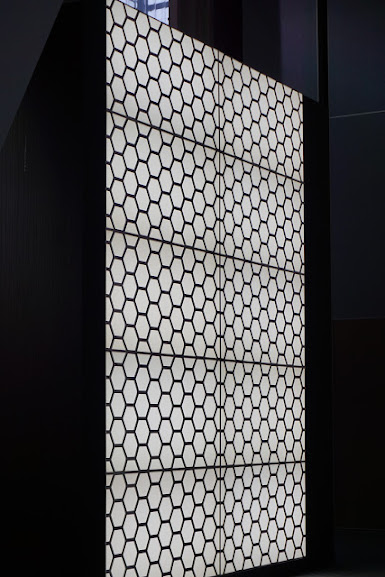The Ancient Art Form Of Caning, A Beautiful Thing For The Home!
The Ancient Art of Caning

I appreciate a beautifully caned seat on a chair, settee or even the side panels of a sofa. You may recognize the look of caning when you see it--a cross hatched woven natural material usually on the seat of a chair. It is actually made from the tougher outer layer of peeled bark from the rattan vine that grows in Asia. It was originally transported to England from China by the Dutch while trading in the early 1800s. The art form itself requires a special technique of binding and weaving these small strands of the bark and adhering it to a frame. Once on a chair, it is quite durable and withstands well over time, with a lifespan that can last up to 30 years and beyond. It is incredible to me how strong a caned seat can be, and it has that give and take that makes it extra comfortable to boot. In ancient England, this technique became a popular art form, with the artisan feeling and weaving simultaneously to create matting, bedding and seating. Later, the English began to appreciate the decorative aspect of caning and many furniture makers used it on their signature pieces. It became fashionable all over the world, and is still popular today. I like the look of caning and especially when paired up with a high-style piece of furniture because the juxtaposition of the natural weave with dark or ebony colored wood makes a nice contrast.
these two photos via Standard-Times
photo credit David Eulitt
An entire industry and trade of re-caning and fixing broken cane has emerged from all the beautiful caned furniture that has been put into the marketplace, many of these items are antiques and now in dire need of repair. It can be difficult to find the right source to fix a caned piece, but this art form is still practiced in many places around the country. A fine example is Missouri resident Revelle Lee whom I read about recently in the Standard-Times. Over his lifetime, this 90 year old blind man has fastidiously honed his craft of caning and restoring broken cane his workshop in Independence, Missouri. Although I have not personally tried these caners
below, I have heard great reviews about them:
Revelle Lee--Independence, MO
Yorkville Caning--New York, NY
Canings Shoppe--Boston, MA
Wicker Workshop--Los Angeles, CA
Caning can be created in many different patterns,
but this one below is a typical open cane pattern
Happy Nesting
XO Tamara
Take a look at some lovely caned pieces of furniture,
some old some new.
photo credit David Eulitt
An entire industry and trade of re-caning and fixing broken cane has emerged from all the beautiful caned furniture that has been put into the marketplace, many of these items are antiques and now in dire need of repair. It can be difficult to find the right source to fix a caned piece, but this art form is still practiced in many places around the country. A fine example is Missouri resident Revelle Lee whom I read about recently in the Standard-Times. Over his lifetime, this 90 year old blind man has fastidiously honed his craft of caning and restoring broken cane his workshop in Independence, Missouri. Although I have not personally tried these caners
below, I have heard great reviews about them:
Revelle Lee--Independence, MO
Yorkville Caning--New York, NY
Canings Shoppe--Boston, MA
Wicker Workshop--Los Angeles, CA
Caning can be created in many different patterns,
but this one below is a typical open cane pattern
Happy Nesting
XO Tamara
Take a look at some lovely caned pieces of furniture,
some old some new.
a unique corner chair via CurreyCo.com
an antique french chair via etsy.com
rattan chair via Ralph Lauren
caned sided sofa via Christie
information sources:
WiseGeek.com
Wikipedia
Wikipedia














